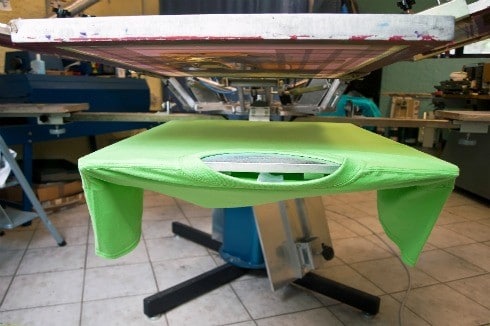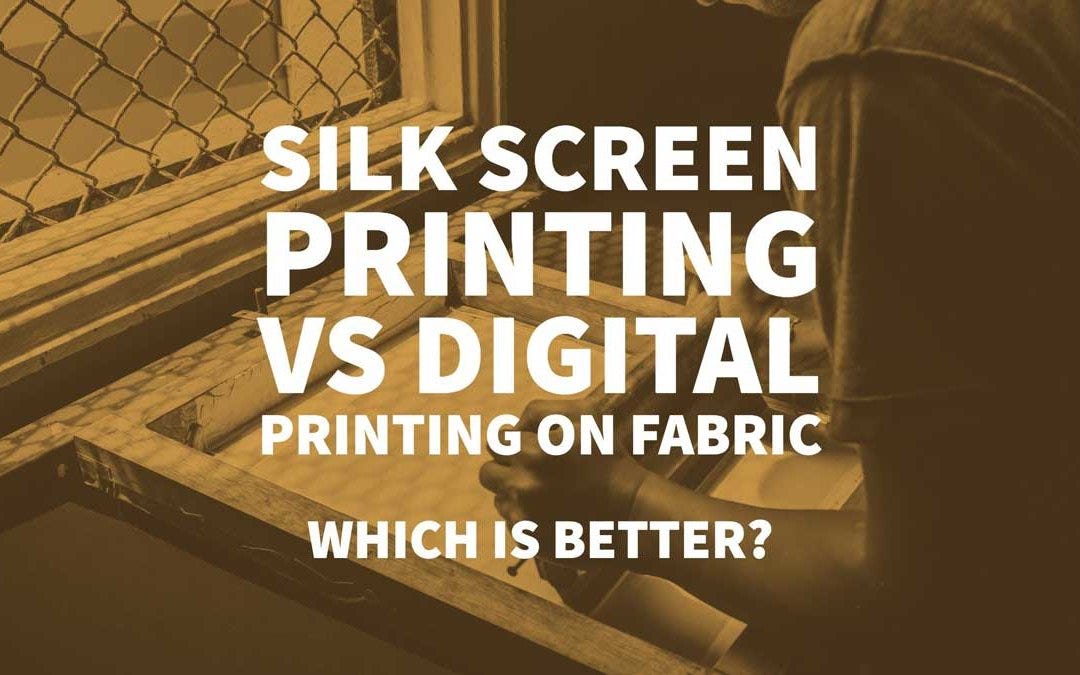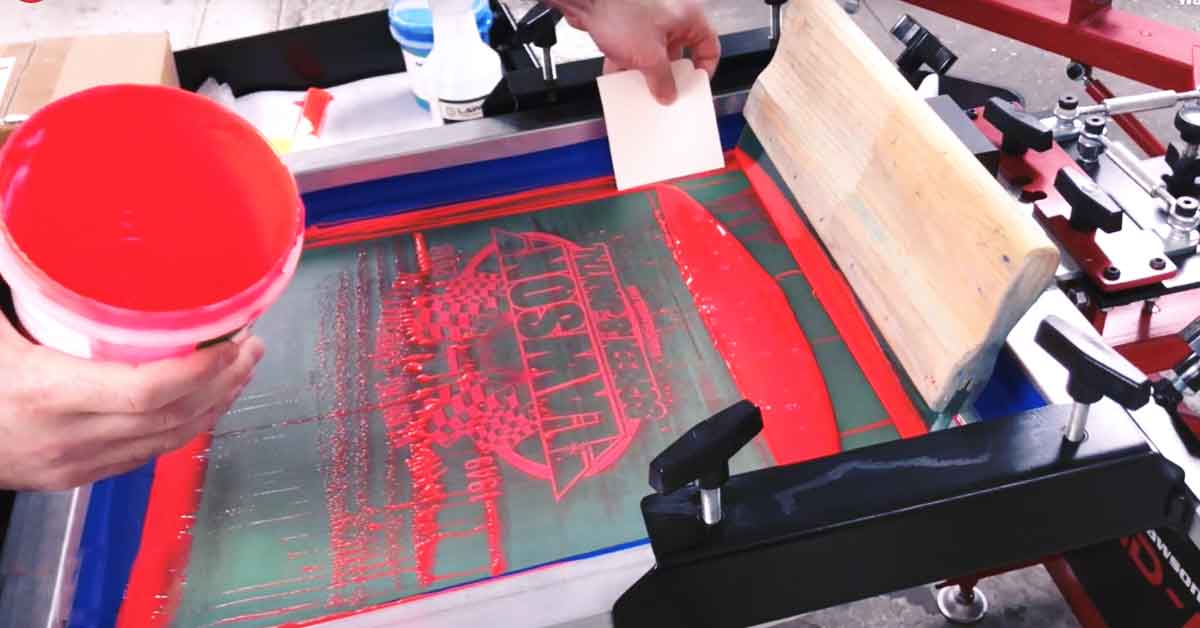Tx Tees - The Facts
Tx Tees - The Facts
Blog Article
The 8-Minute Rule for Tx Tees
Table of ContentsSome Ideas on Tx Tees You Need To KnowGetting My Tx Tees To WorkHow Tx Tees can Save You Time, Stress, and Money.Tx Tees - An OverviewSome Known Incorrect Statements About Tx Tees What Does Tx Tees Mean?Some Known Details About Tx Tees
That brings your total amount to roughly $1,900 before tax obligation and delivery. Accumulate various other expenses, like the variety of utilities it requires to run the shop and the price of ink and emulsion per design. custom cap printing. Take the print below for instance. This is a one-color picture, so the cost of ink per t shirt is about 20 cents.The solution should only be a couple of cents given that you 'd just need to coat one display for this work. Typically, printers attempt to make up to 45% earnings on a print job.

With DTF, you can print a handful of tee shirts, or just one. Make use of the very same calculator as the area above to compute just how much earnings you 'd use DTF transfers. Contrast the costs and revenues to whichever method speaks best to your configuration and procedure. Both display printing and DTF have their niches worldwide.
Getting My Tx Tees To Work
The very best way to recognize? Ask around and see what print stores like your own are doing. embroidery shop. Attempt both out and see which you like better
When you're choosing what sort of printing technique to make use of for printing your art work designs on your garments, it is necessary that you understand the differences between these 2 methods so you can make the most of results while lessening costs. Screen printing is one of the most generally made use of method for printing layouts on fabrics.
DTG printing is also referred to as area or straight to garment printing since it prints only what is required rather of making a display as screen printers do. https://filesharingtalk.com/members/594250-txtees02?tab=aboutme&simple=1. Screen printing works by display filler squeegee display printing ink display mesh display, after that transferring the photo to garment using heat and/or stress
The DTG printer utilizes special dye-sublimation inks that are used into a pre-designed photo by a digital printing system. The inks enter into the textile, enabling vibrant colors and phenomenal detail. It's also known as spot or direct to garment printing since it publishes just what is needed rather than making a display as screen printers do.
See This Report about Tx Tees
First, it's much quicker - you can publish a fullcolor photo in mins, as opposed to hours for screen printing. Second, there's no established up time or prices involved - you can publish any layout you like, without having to create a display. Third, there's no waste - due to the fact that display printers screen print one design at a time, they have to evaluate each color independently.
The paper is really costly and can only be utilized as soon as. Once it's published on, it needs to be thrown out. - The first acquisition cost is less than the upfront financial investment of DTG printers- You can publish multi-color layouts one display at a time instead of needing to publish each shade separately like DTG printing.

The Buzz on Tx Tees
However, rather than utilizing display mesh as display printers do, color sublimation printers utilize laser technology to transfer your photos onto garments or paper. A warm procedure transfers the color from its solid-state straight into the gas phase which subsequently integrates it onto material substrates when they are rapidly heated to high temperature levels under high pressure.
Sublimation printing is green. It makes use of much less water than screenprinting, and because it doesn't involve using damaging solvents, it's secure for all kinds of apparel. The dye sublimation inks are additionally odor-free when healed, unlike screen printers that use unsafe chemicals throughout the display printing process that leave behind an undesirable smell.
They likewise conserve money on expensive devices like exposure systems considering that color sublimation printers do not need a UV exposure system or a flash cure stove that is usually utilized in screen printing (screen printer). What is direct to garment printing (DTG Printing)? DTG printing is a digital screenprinting procedure that publishes straight onto textile making use of specialized inkjet printers
Examine This Report on Tx Tees
DTG printing offers numerous benefits over conventional screenprinting, including the capacity to print photo high quality images, better color vibrancy, and the capacity to print layouts on darker materials. DTG printers work by heating the fabric ink up until it turns right into a gas. The gas then permeates the textile, bonding with the fibers to create an irreversible print.

Screen printers simply prepare their screen then begin printing up until they lack item or ink.- There is a wide variety of seasoned screen printers all over the world, which can be useful for novices. - It's a slower process - screen printers typically have to wait on the ink to completely dry before they can print the following shade- Display printers require manual work, so there's a greater learning curve and it takes longer to create a top quality style- Screen printing isn't as precise as DTG printing, so you might get some "blood loss" of shades from one part of the picture onto an additional otherwise done properly.
Excitement About Tx Tees
Nevertheless, as opposed to utilizing display mesh as screen printers do, color sublimation printers make use of laser technology to move your images onto garments or paper. A warmth process moves the dye from its solid-state straight into the gas stage which consequently fuses it onto textile substratums when they are rapidly warmed to high temperatures under high stress.
Sublimation printing is environment-friendly. It uses much less water than screenprinting, and because it does not include using hazardous solvents, it's safe for all kinds of garments. The dye sublimation inks are additionally unsmelling when cured, unlike display printers that make use of unsafe chemicals throughout the display printing procedure that leave an undesirable smell.
They also conserve cash on costly equipment like exposure systems since dye sublimation printers don't call for a UV exposure system or a flash treatment oven that is commonly used in screen printing. What is straight to garment printing (DTG Printing)? DTG printing is a digital screenprinting procedure that prints straight onto fabric using specialized inkjet printers.
Some Known Incorrect Statements About Tx Tees
DTG printing supplies several advantages over typical screenprinting, consisting of the capability to print photo top quality pictures, higher color vibrancy, and the capacity to publish styles on darker materials. DTG printers work by warming the fabric ink up until it develops into a gas. The gas then permeates the textile, bonding with the fibers to develop a long-term print.
Report this page